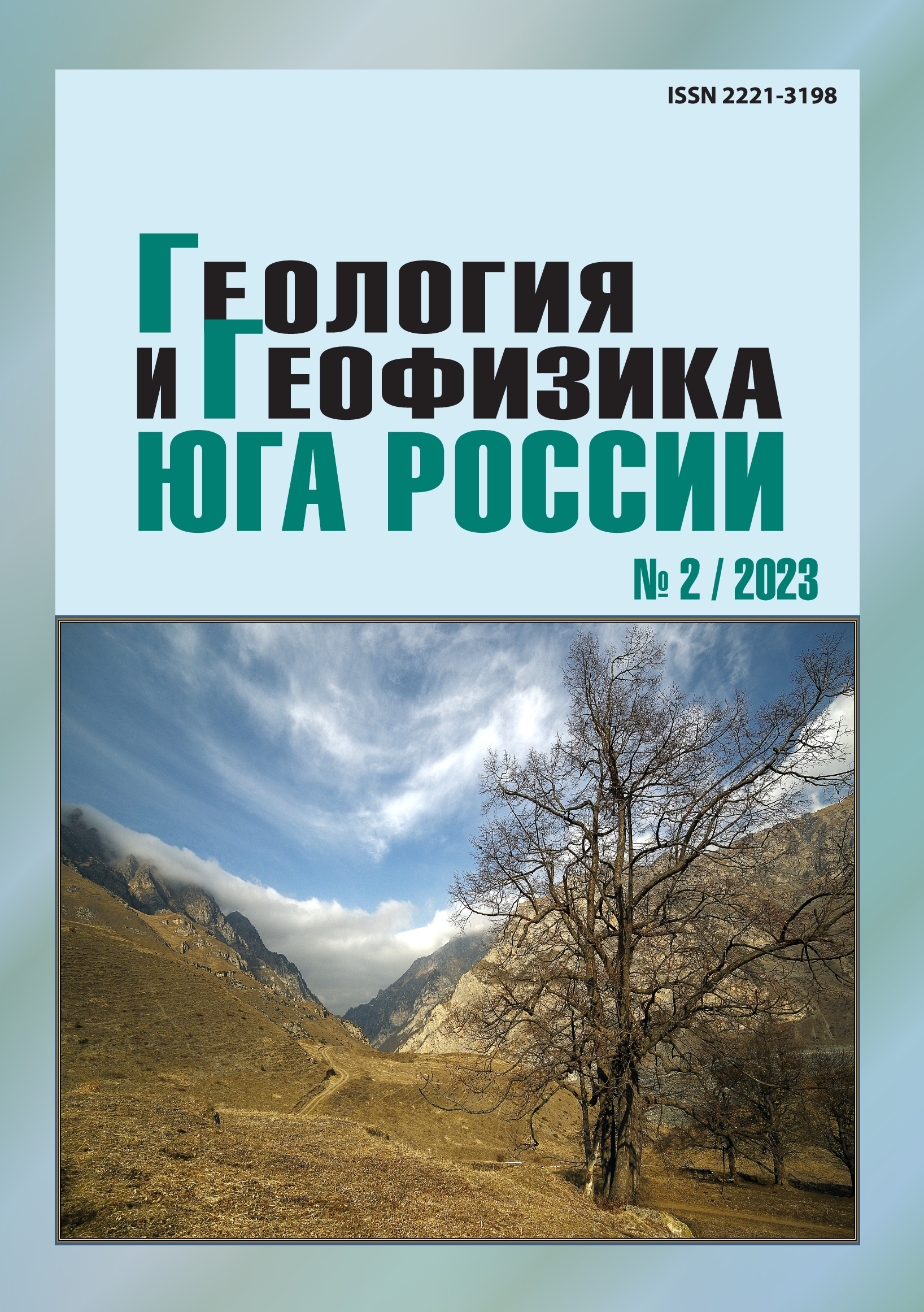On the preservation of pore reservoirs in the lower part of the section of oil and gas deposits of the Triassic Scythian-Turanian platform
Abstract
Relevance. The Triassic deposits of the Scythian-Turanian platform, which are associated with the main prospects for the discovery of new accumulations of hydrocarbons, have undergone significant post- sedimentation transformations. Their result was a significant loss of primary reservoir filtration properties by sedimentary rocks. Modern reservoirs containing accumulations of oil and gas are, as a rule, epigenetic in nature. In this situation, the localization of hydrocarbon deposits is controlled by the development sites of secondary res- ervoirs, and reservoirs acquire a complex morphology. However, in some areas, the preservation of the primary pore capacity by rocks lying in the lower horizons of the Triassic section was found. Finding out the reasons for the “conservation” of the primary pore space in the deep-submerged horizons of the Triassic oil and gas complex has not only scientific, but also practical significance. Aim. Study of the lithological composition, conditions of formation of terrigenous rocks of the Triassic productive formation, identification of factors contributing to the preservation of their primary reservoir-filtration properties at considerable depths. Methods. A macro description of the borehole cores, microscopic study of the sections was carried out. Petrophysics data and logging diagrams were analyzed to study the reservoir-filtration properties of rocks. Lithological and stratigraphic dissection and correlation of well sections were performed using data from all types of logging, paleontological definitions of organic residues. The structural features of individual oil and gas fields are studied in detail. Results. It has been established that reservoir layers that have retained their primary reservoir-filtration properties are confined to the carbonate-terrigenous thickness of the Lower Triassic. These properties are primarily possessed by arkose sand- stones, which are the product of the destruction of granitoid intrusions of the Paleozoic basement. A previously unknown large buried uplift was revealed, which was an area of erosion in the Late Paleozoic – Early Triassic, on the periphery of which coarse-grained material accumulated. The results obtained can be used to study the geological structure of other less studied areas of the young platform


